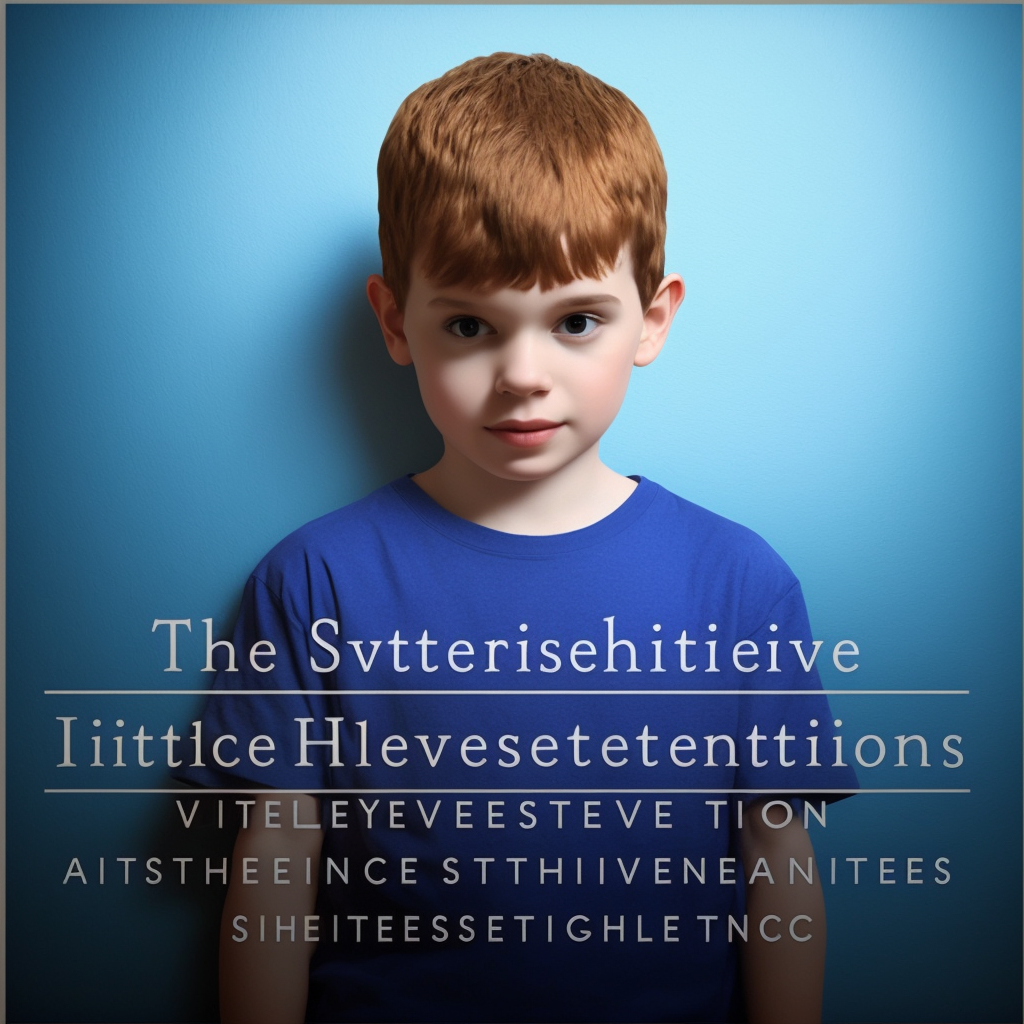Understanding Autism: Evidence-Based Strategies for Education and Communication

Autism—often called Autism Spectrum Disorder (ASD)—is a complex neurodevelopmental condition. It influences how a person communicates, interacts socially, and processes the world around them. Because each individual’s experience with autism is unique, the supports and interventions must be personalized to fit their specific needs.
What is Autism?
Autism is a spectrum disorder, meaning it affects individuals differently. Some people may struggle with social interactions and communication. Others might face more challenges with repetitive behaviors or sensory processing. Importantly, early intervention can help children with autism develop crucial skills for school and daily life.
Source: CDC
Early Intervention: Laying the Foundation for Success
Early intervention is key to helping children with autism thrive. By starting support early, professionals can work with children to build the skills they need. These skills include communication, social interaction, or adaptive behaviors. This early boost can make a world of difference as they enter school and daily life.
- Benefits of Early Intervention:
- Enhances communication skills
- Improves social interactions
- Reduces potential behavioral challenges
Source: National Institute of Mental Health
Educational Strategies for Children with Autism
Structured, Predictable Environments
Children with autism often excel in structured settings where clear and consistent communication is emphasized. Visual aids and specialized teaching tools help these students process information more effectively. Many educators have found that classrooms with well-planned routines can create a nurturing learning environment.
Individualized Education Plans (IEPs)
Given the wide range of needs, a one-size-fits-all approach rarely works. An Individualized Education Plan (IEP) is designed with the child’s unique challenges and strengths in mind. It involves:
- Collaboration among teachers, therapists, and other specialists
- Tailored goals that match the child’s abilities
- Regular updates to ensure the strategies remain effective
Source: Autism Speaks
Evidence-Based Therapies
Applied Behavior Analysis (ABA)
ABA is one of the most researched and evidence-based interventions available for individuals with autism. By breaking down complex behaviors into smaller, manageable steps, ABA uses techniques like positive reinforcement to build new skills. This therapy not only helps improve social and communication skills but also supports adaptive behaviors.
- Key Elements of ABA:
- Positive Reinforcement: Rewards desired behaviors.
- Shaping: Gradually teaching more complex skills.
- Structured Learning: Breaking tasks into small, achievable steps.
Source: Autism Research Institute
Picture Exchange Communication System (PECS)
PECS is an augmentative communication method. It enables individuals with limited verbal skills to express their needs and thoughts through pictures or symbols. This system is particularly effective in educational settings, allowing for smoother interactions between the child, peers, and educators.
- Benefits of PECS:
- Enhances communication without relying on spoken words
- Encourages independence in expressing needs
- Complements other interventions like speech therapy
Source: PECS® Official Website
Comparison Table: ABA vs. PECS
The following table provides an at-a-glance comparison of ABA and PECS. It highlights the key differences to help you determine which method may be most appropriate. Consider the specific needs of the child when making your decision.
| Feature | Applied Behavior Analysis (ABA) | Picture Exchange Communication System (PECS) |
|---|---|---|
| Purpose | Improves a wide range of behaviors and skills through systematic reinforcement | Facilitates communication by using pictures and symbols |
| Focus | Behavior modification, social skills, communication, and adaptive behavior | Communication skills for non-verbal or minimally verbal individuals |
| Methodology | Uses reinforcement techniques such as positive reinforcement, shaping, and discrete trial training | Teaches individuals to exchange picture cards to express needs and ideas |
| Implementation | Delivered by trained therapists in one-on-one or small group sessions | Integrated into classroom or therapy settings as part of an augmentative communication system |
| Customization | Highly individualized to address diverse behavioral challenges | Specifically tailored to enhance communication for those with limited verbal skills |
| Evidence Base | Well-researched and evidence-based for improving various functional behaviors | Widely recognized as an effective augmentative and alternative communication tool |
Frequently Asked Questions (FAQ)
Q: What exactly is autism?
A: Autism, or Autism Spectrum Disorder (ASD), is a neurodevelopmental disorder. It is characterized by challenges in social interaction, communication, and repetitive behaviors. The severity and specific challenges vary from person to person.
Q: Why is early intervention so important?
A: Early intervention helps build foundational skills that support communication, social interaction, and behavior management. This tailored support can significantly enhance a child’s ability to succeed in school and everyday life.
Q: What is an Individualized Education Plan (IEP)?
A: An IEP is a customized educational plan developed to address the unique needs of a child with autism. It outlines specific goals and the support systems required, ensuring that the child receives the right accommodations in the classroom.
Q: How does Applied Behavior Analysis (ABA) work?
A: ABA works by breaking down complex behaviors into smaller steps and using reinforcement techniques to encourage positive behaviors. Over time, these skills build into broader improvements in social and adaptive behaviors.
Q: Can the Picture Exchange Communication System (PECS) help non-verbal children?
A: Yes, PECS is designed for individuals who have difficulty with verbal communication. By using pictures and symbols, it provides a clear and effective way for non-verbal individuals to express their needs and ideas.
Sources and Further Reading
- Centers for Disease Control and Prevention (CDC): Autism Spectrum Disorder
- National Institute of Mental Health (NIMH): Autism Spectrum Disorders
- Autism Speaks: What is Autism?
- Autism Research Institute: Understanding ABA Therapy
- PECS® Official Website: Picture Exchange Communication System



2 Responses
[…] strategies can help improve verbal communication skills for individuals with autism. One effective approach is using visual supports, such as symbols or […]
[…] Explore collaborative strategies in our article Collaborative Approaches: How Teachers, Parents, and School Psychologists Can Work Together for Stud… […]